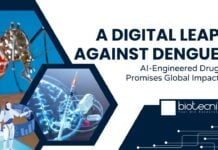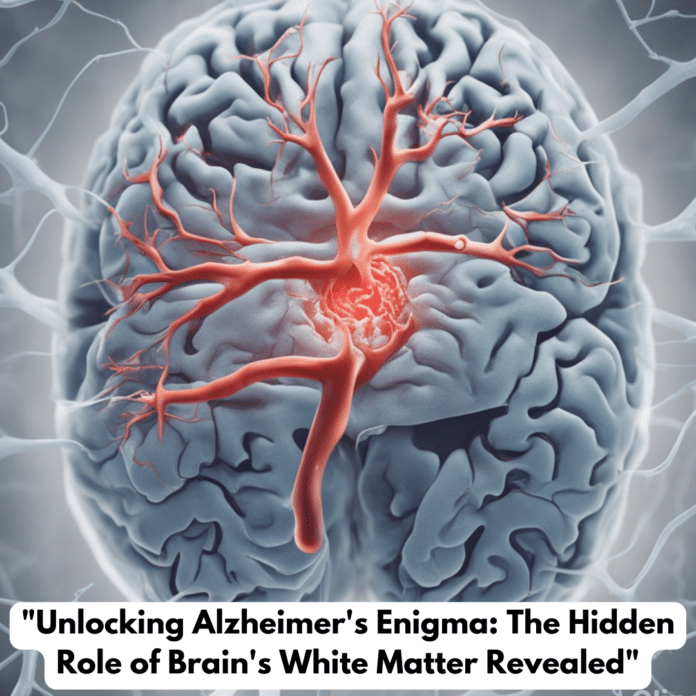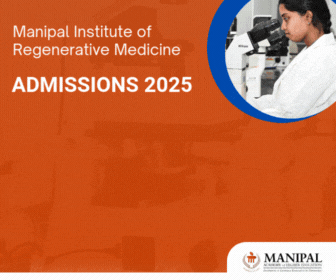Alzheimer’s Enigma Scientists have embarked, In the relentless quest to decode the mysteries of Alzheimer’s and related dementia diseases, scientists have embarked on a vital journey to uncover the secrets of their origins and progression within the brain. A recent breakthrough involving a chemical pathway could hold the key to these enigmatic conditions.
A team of dedicated researchers from the Oregon Health and Science University (OHSU), the University of Washington, and the Allen Institute for Brain Science has unveiled a previously undiscovered process that seems to trigger the demise of immune cells in the brains of individuals grappling with Alzheimer’s and a specific form of dementia known as vascular dementia. This particular dementia arises from reduced blood flow to the brain. Neuroscientist Stephen Back from OHSU elucidates, “We’ve stumbled upon a remarkable revelation concerning cell death in Alzheimer’s disease and vascular dementia. Up until now, we haven’t given much thought to microglia, a type of immune cell in the brain, or to injuries in the brain’s white matter.” The researchers embarked on their journey by scrutinizing brain tissue from individuals who had experienced dementia during their lifetimes.
Through this meticulous examination of Alzheimer, they unearthed a sequence of events that
culminated in damage to the ‘white matter’ of the brain, which acts as a bridge connecting different regions within the brain. This intricate process commences with myelin, a protective substance that forms insulating layers around neurons. Myelin not only shields neurons but also facilitates efficient communication among them. Over time, myelin can deteriorate, partly due to factors like aging and conditions such as hypertension. Normally, immune cells known as microglia intervene to clear away this worn-out myelin. However, what astounded the researchers was that, during this process, the microglia cells themselves fell victim to damage. They seemed to accumulate an excessive amount of iron, which is abundantly present in the brain’s white matter. Essentially, these immune cells ended up perishing while endeavoring to safeguard the brain. Back highlights, “While many are aware that microglia become activated during episodes of inflammation, what’s truly astonishing is the extent to which they succumb during this process.It’s nothing short Alzheimer’s Enigma of remarkable that this remained unnoticed for so long.” This intricate chain of events involving the loss of microglia cells and the degeneration of white matter appears to be intertwined with the cognitive decline associated with Alzheimer’s and vascular dementia, as suggested by the latest study.
Nevertheless, further research of Alzheimer is indispensable to conclusively validate these findings. With this newfound comprehension of microglial degeneration, a ray of hope emerges for the development of drugs and treatments designed to counter this issue. Such interventions could potentially decelerate or even halt the cognitive decline intertwined with Alzheimer’s and related diseases. This discovery marks a significant advancement in the ongoing battle against these debilitating conditions, instilling a renewed sense of optimism for the future of dementia research.






























